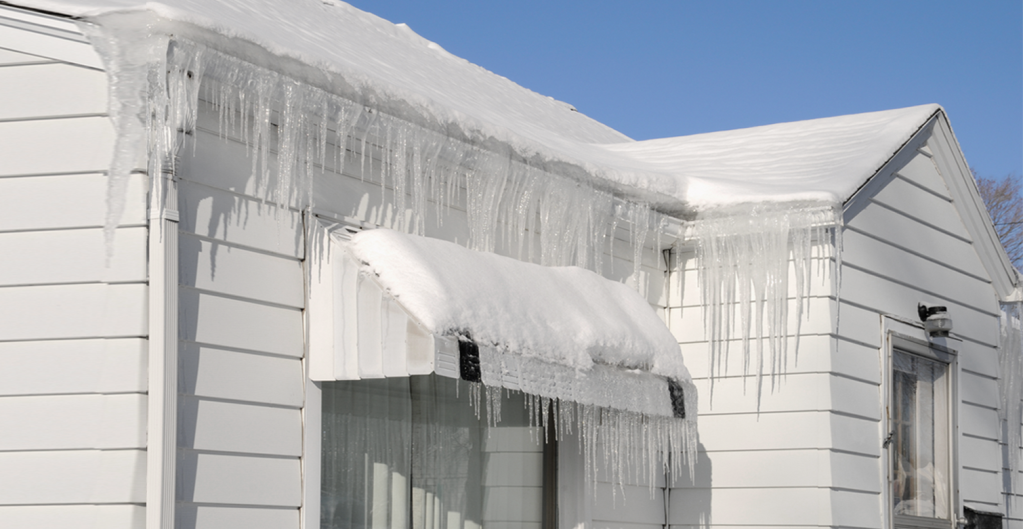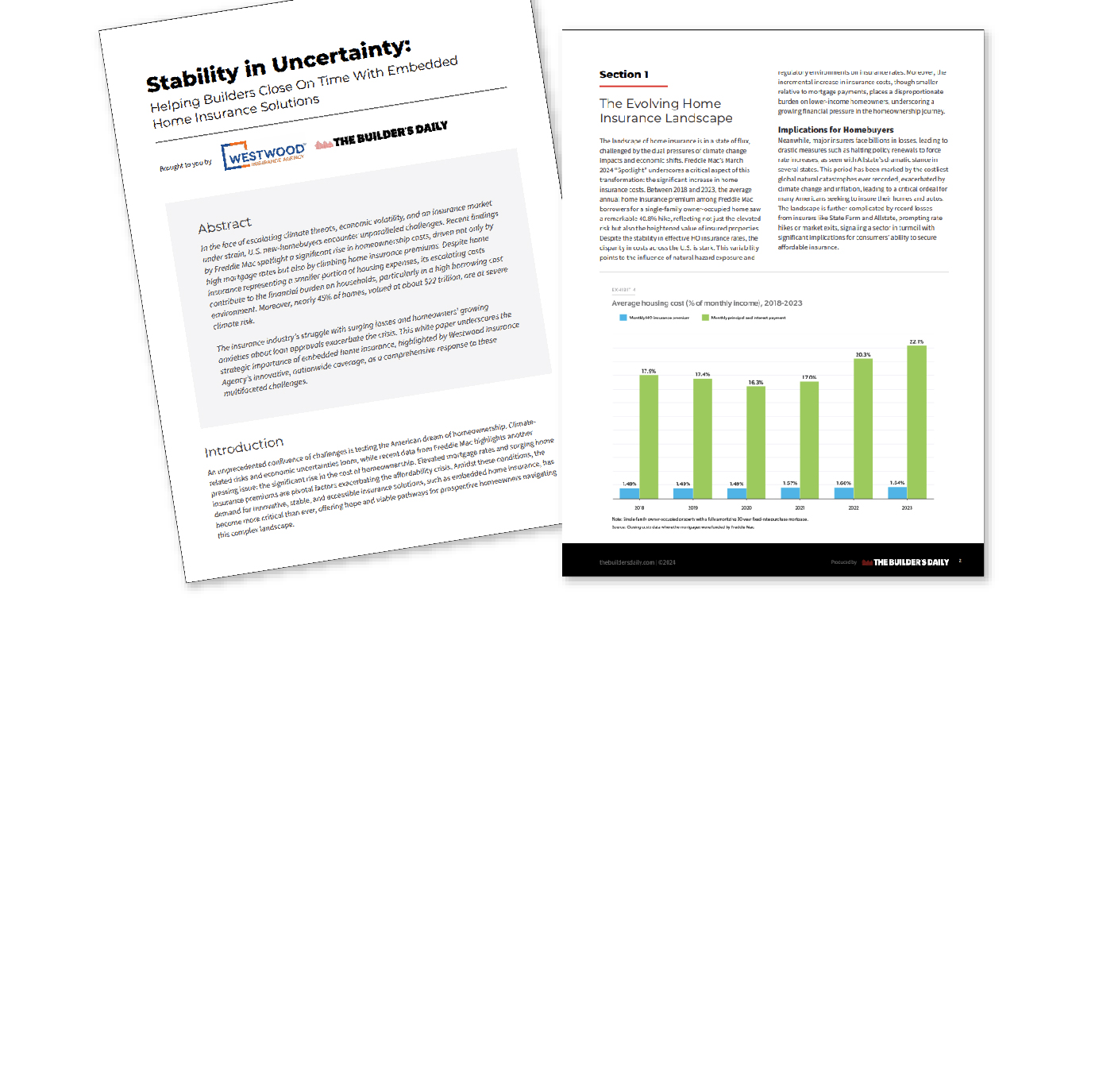As winter sets in, the number of home insurance claims typically sees a significant increase. Understanding the most common types of winter insurance claims can help homeowners prepare for potential risks and take preventive measures to minimize damage. Here are some of the most common home insurance claims in the winter.
1. Frozen Pipes: When temperatures drop significantly, water pipes can freeze and burst, causing significant water damage.
Tip: To prevent this, keep your home heated, even if you’re away, and insulate exposed pipes.
2. Ice Dams and Roof Damage: Ice dams, or ridges of ice that form at the edge of a roof, prevent melting snow from draining off your roof. The water can then leak into your home and cause damage.
Tip: Regularly clearing the snow from your roof and ensuring your attic is properly insulated can help prevent ice dams.
3. Fire Damage: The use of fireplaces, heaters, and candles increases during winter, leading to a higher risk of house fires.
Tip: Always ensure your fireplace is properly cleaned and your heaters are well-maintained. Never leave candles unattended.
4. Slip and Fall Injuries: Icy and snowy conditions can make walkways and drive dangerous.
Tip: Regularly salting or sanding these areas can help prevent injuries and potential liability claims.
5. Tree Branches: Heavy snow and ice can weigh down tree branches, causing them to break and fall onto your home.
Tip: Regularly trimming your trees can help prevent falling branches.
While home insurance is designed to cover these types of incidents, prevention is always the best approach. Regular home maintenance and vigilance can help prevent these common winter home insurance claims.
In addition, it’s essential to review your home insurance policy to ensure that your home is properly protected to give you peace of mind and the coverage you need.
Speak with a Westwood agent today to review your home policy and see what it does and does not cover.
Please Note: This article is for general informational and educational purposes only. It does not represent any specific insurance policy and does not modify any provisions, limitations, or exclusions of any current policy.





